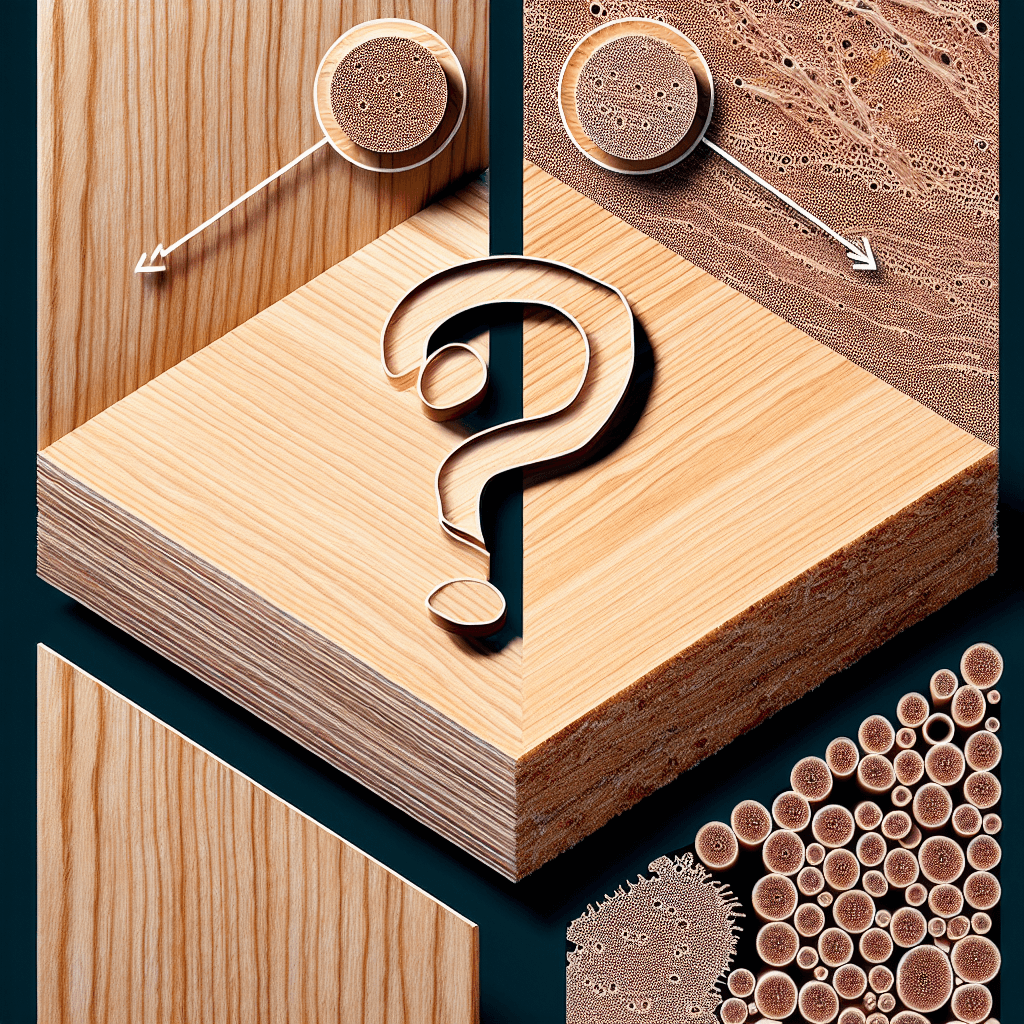Why are most pencils hexagonal instead of round
That familiar hexagonal pencil isn't just for a better grip; its shape is a brilliant, centuries-old solution to a problem of physics, finance, and pure frustration.


Too Long; Didn't Read
Pencils are hexagonal so they don't roll off tables, are easier to grip, and are more efficient to manufacture and ship than round ones.
The Pointy Truth: Why Are Most Pencils Hexagonal Instead of Round?
Have you ever paused while jotting down a note to look at your pencil? It’s one of the most common tools in the world, yet we rarely consider its specific design. Take a moment and roll one between your fingers. Chances are, it’s not a perfect cylinder. It has six distinct, flat sides. This leads to a surprisingly common question: Why are most pencils hexagonal instead of round? This isn't just a random quirk of manufacturing; it's a brilliant example of thoughtful design that solves multiple problems at once. This post will delve into the practical, historical, and economic reasons behind the iconic six-sided shape of the humble pencil.
A Trifecta of Functional Design
The dominance of the hexagonal pencil isn't an accident. It's the result of a design that perfectly balances user comfort, practicality, and manufacturing efficiency. These three core benefits work together to make the six-sided shape the undisputed standard.
1. The Ergonomic Advantage: A Better Grip
The most immediate benefit of a hexagonal pencil is the way it feels in your hand. The flat surfaces provide natural resting places for your fingers, promoting a stable and comfortable grip.
- Reduced Muscle Strain: A round pencil requires constant, subtle muscle tension to keep it from rotating in your hand. Over a long writing session, this can lead to fatigue and cramping. The flat sides of a hexagonal pencil allow for a more relaxed, secure hold.
- The Tripod Grip: The six-sided shape is an excellent fit for the "tripod grip," the method taught to most children, where the pencil is held by the thumb, index, and middle fingers. Each finger can rest comfortably on its own facet.
While round pencils exist, they are often larger "jumbo" or "primary" pencils designed for young children who are still developing fine motor skills and grip with their whole fist. For detailed writing, the hexagon reigns supreme.
2. The Anti-Roll Factor: Staying Put
Imagine a busy classroom, a bustling architect's office, or a carpenter on a slanted roof. Now, imagine dozens of round pencils rolling off every available surface. This is the simple, yet crucial, problem the hexagonal shape solves. A round pencil will roll away at the slightest incline, leading to lost tools and constant frustration. The flat sides of a hexagonal pencil act as a brake, ensuring it stays right where you put it. This seemingly minor feature is a massive practical advantage, saving time and preventing the annoyance of constantly chasing after a runaway writing utensil.
3. Efficiency in Manufacturing and Shipping
Beyond user experience, the hexagonal shape is a manufacturer's dream. When pencils were first mass-produced in the 19th century, efficiency and cost-effectiveness were paramount. Companies like Faber-Castell and Dixon Ticonderoga quickly realized the benefits of the six-sided design.
- Minimizing Waste: Pencils are made by sandwiching a graphite core between two grooved wooden slats. Cutting these slats into hexagonal shapes is highly efficient and produces less wood waste compared to carving perfectly round barrels.
- Perfect Packing: Hexagons are one of the few shapes that tessellate, meaning they can fit together perfectly without any gaps. This allows them to be packed into boxes with maximum density, saving space and reducing shipping costs. Round pencils, by contrast, leave significant empty space between them when bundled together.
Conclusion: A Masterpiece of Simple Engineering
The reason most pencils are hexagonal is a perfect storm of practicality. The shape provides a more comfortable and secure grip for writing, prevents the pencil from rolling off your desk, and is significantly more efficient to produce, pack, and ship. While other shapes like triangular and round pencils serve specific ergonomic or artistic purposes, the hexagon has become the standard for its brilliant fusion of form and function. So, the next time you pick up a classic No. 2 pencil, take a moment to appreciate it. You’re not just holding a simple writing tool; you’re holding a small, six-sided masterpiece of everyday design.


